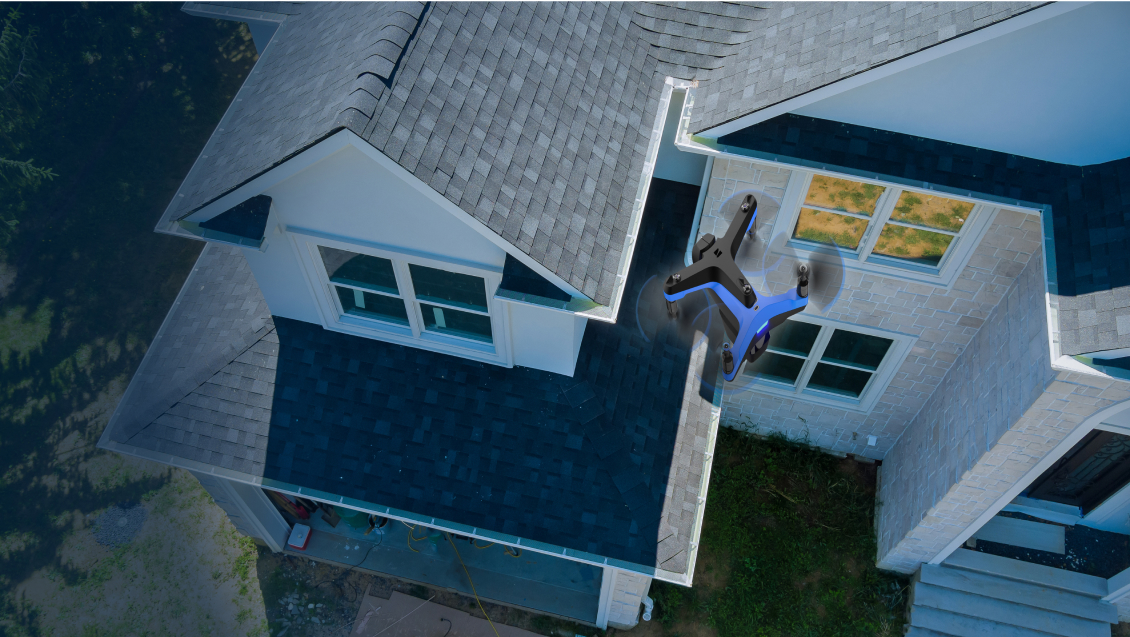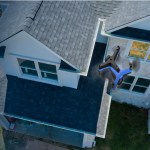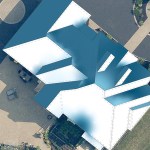Drones in Construction: 5 Ways Drones are Revolutionizing the Industry

Wasted time and resources in the construction space cost the industry over $177 billion annually. This waste calls for revised practices and optimization in processes and technology. One such way that the industry is streamlining its processes is through the use of drones.
Have Drones in Construction Become the New “Normal”?
The global market for drones in construction was valued at $4,800 million in 2019, and is expected to reach almost $12,000 million by 2027. Drones in construction are becoming the new “normal,” transforming the industry with their efficiency and versatility. Once considered a high-tech novelty, drones are now a standard tool on construction sites worldwide. They provide invaluable aerial perspectives that enhance project planning, site surveys, and progress tracking. By capturing high-resolution images and real-time data, drones enable construction teams to make more informed decisions, reduce risks, and improve safety. Their ability to quickly and accurately survey large areas has also streamlined workflows, reducing costs and project timelines. As technology continues to advance, the integration of drones in construction is set to grow even more, solidifying their role as an essential component of modern construction practices.
What Are Drones Used for in Construction?
One of the primary uses of drones is in site surveys and mapping. Equipped with high-resolution cameras and advanced sensors, drones can quickly capture detailed aerial images and create accurate 3D models of construction sites. This capability allows for precise measurements, volumetric calculations, and topographic mapping, which are essential for planning and design.
Some drones also enable the categorization of roof property images and the automatic generation of reports. EagleView’s AssessTM drone lets you create polished, professional reports from within the AssessTM app, complete with annotation options.
5 Ways Drones Have Positively Affected the Construction Industry
Drones have had many positive impacts on the construction industry, helping many contractors stay efficient, safe, and competitive.
Cost and Time Savings
Climbing roofs for manual inspections can be exhausting and slow down your process. Drones reduce the need for manual inspections and surveys–saving energy, lowering labor costs, and shortening project timelines. They can quickly cover large areas and provide real-time data, allowing for faster decision-making and problem resolution. This overall efficiency leads to significant cost savings and improved project outcomes.
Increased Efficiency
Because drones can quickly map and measure sites, as well as consolidate the data into reports, they can improve the overall efficiency of the construction process.
Improved Safety
Traditionally, roof inspections have involved many potential hazards for inspectors. One of the ways to prevent some of these injuries is by using drones. Because drones allow for remote inspections of hazardous or hard-to-reach areas, they minimize the need for workers to enter dangerous zones.
Better Prospecting
Drones have also affected the way prospecting for roofing customers can be done. While the drone flies one roof, the contractor can talk to neighboring homeowners about the service and attract leads.
More Storm Repair Work
Drones provide unbiased, accurate reports about roof damage, delivering clear and objective evidence to show insurers. This builds homeowners’ trust in the contractor and leads to more successful opportunities for storm repair work.
What Does the Future Hold for Drones in Construction?
The future of drones in the construction industry looks promising, with advancements in technology poised to further revolutionize the field. As drone capabilities continue to expand, we can expect to see increased automation and integration with other digital tools. Enhanced AI and machine learning algorithms will enable drones to perform more complex tasks, such as real-time site analysis and predictive maintenance. Furthermore, improvements in battery life and drone durability will allow for longer and more frequent deployments, making continuous monitoring and data collection even more feasible. The use of drones for precise material delivery and autonomous construction is also on the horizon, potentially transforming construction logistics and labor dynamics. Overall, the integration of drones will drive greater efficiency, safety, and innovation in the construction industry.
EagleView is committed to continuously innovating and providing advanced solutions to roofing contractors, ensuring they stay ahead in a competitive industry. With a forward-looking approach, EagleView aims to enhance efficiency, accuracy, and safety in roofing projects through cutting-edge technology. One of our standout innovations is EagleView AssessTM, an easy-to-fly, hard-to-crash drone-based solution that revolutionizes property inspections. AssessTM captures high-resolution images and combines them to create a complete digital roof twin for review. It also leverages the power of AI to consistently and accurately identify hail, wind, and other types of damages to create unbiased reports to differentiate your bids and win storm repair work.
By embracing the future of technology, EagleView is dedicated to empowering roofing contractors with tools that drive productivity and success. To learn more about how EagleView can help you optimize your business, contact us today.





